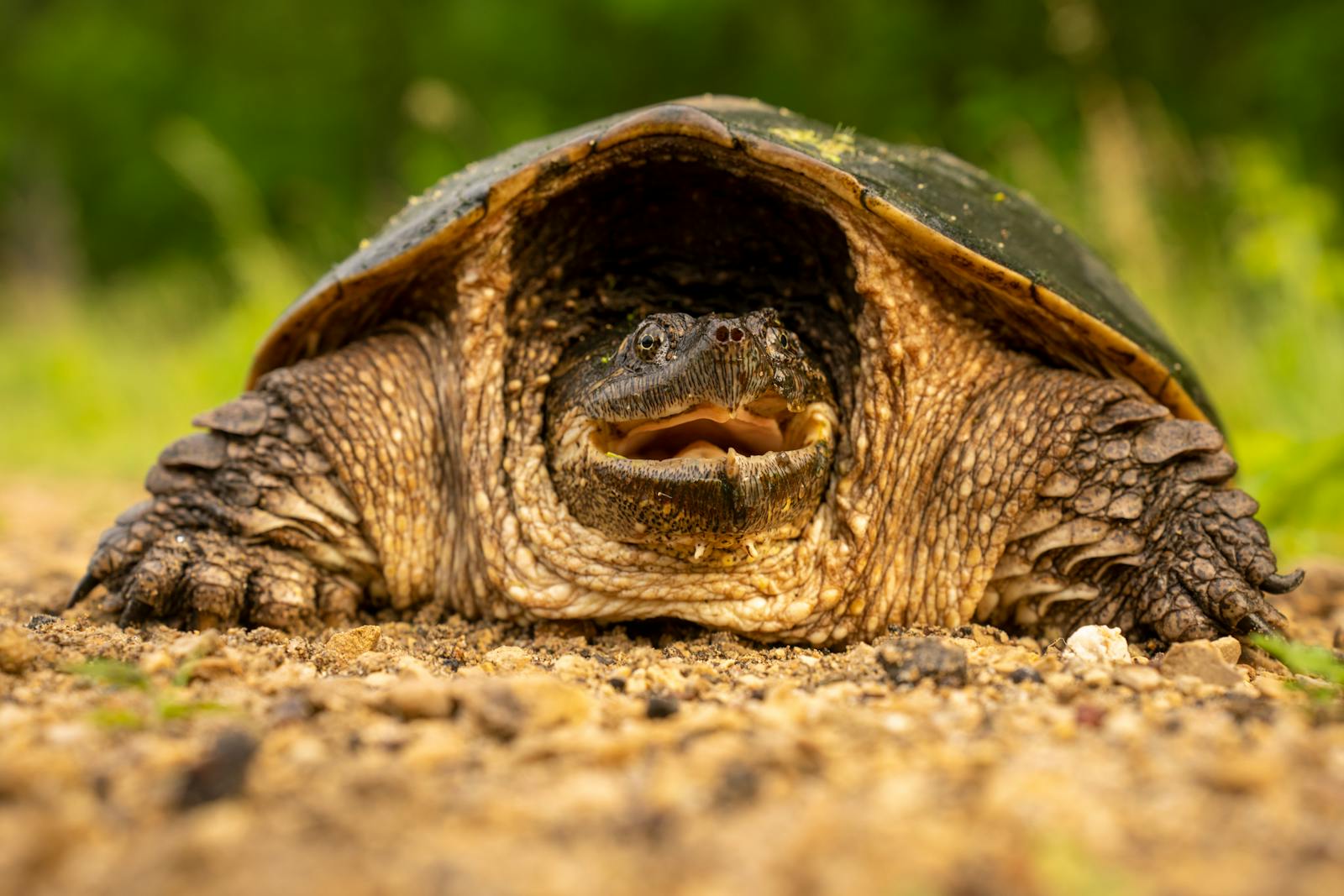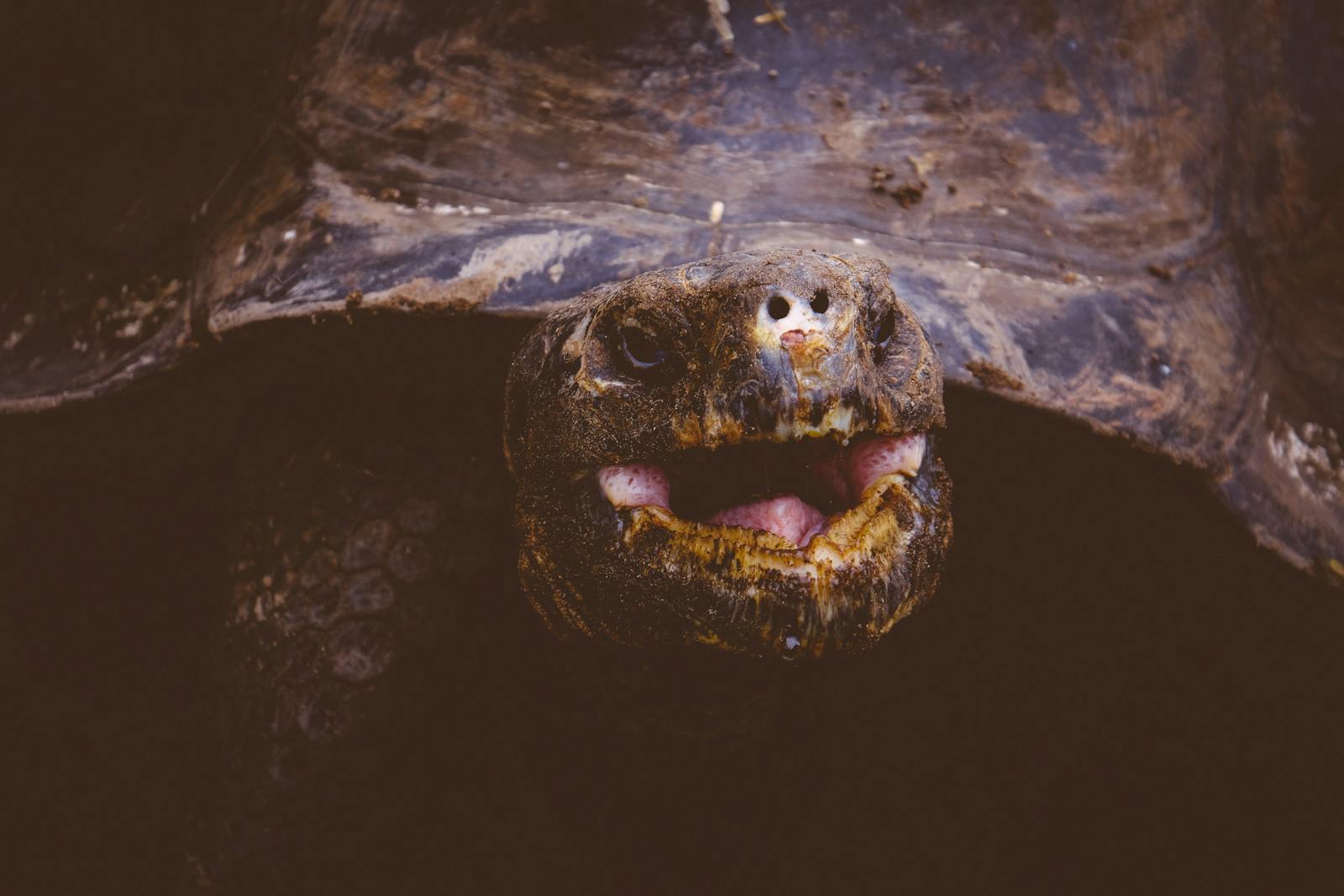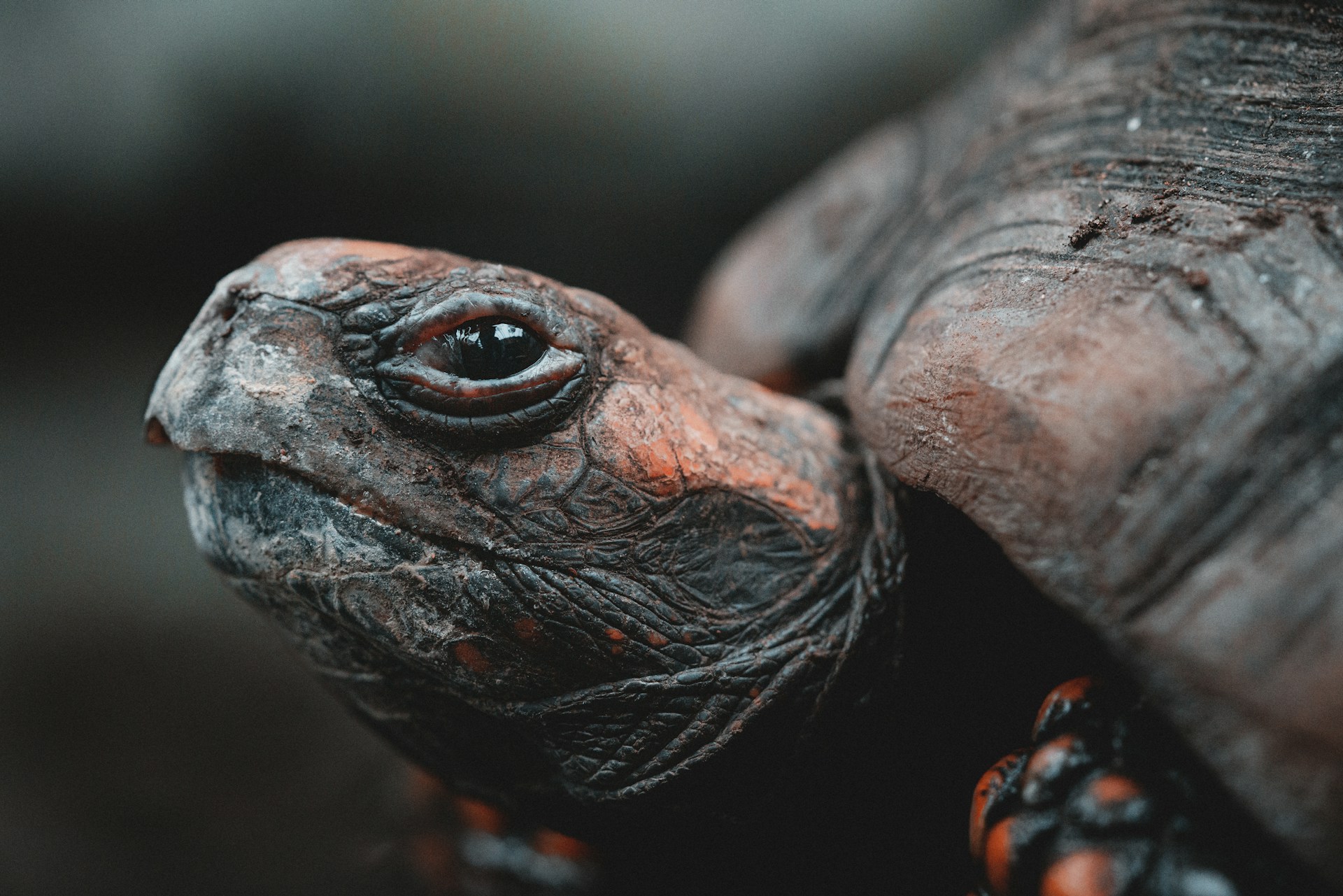Turtles, with their ancient lineage and armored shells, are often perceived as slow-moving, gentle creatures. However, beneath this placid exterior, certain species possess surprising levels of aggression that can result in painful bites and aggressive territorial displays. Understanding which turtle species demonstrate aggressive tendencies is crucial for wildlife professionals, potential pet owners, and anyone who might encounter these remarkable reptiles in the wild. This article explores the most aggressive turtle species worldwide, their behavioral patterns, and essential handling precautions that should be observed when working with these powerful animals.
Common Snapping Turtle: North America’s Notorious Biter
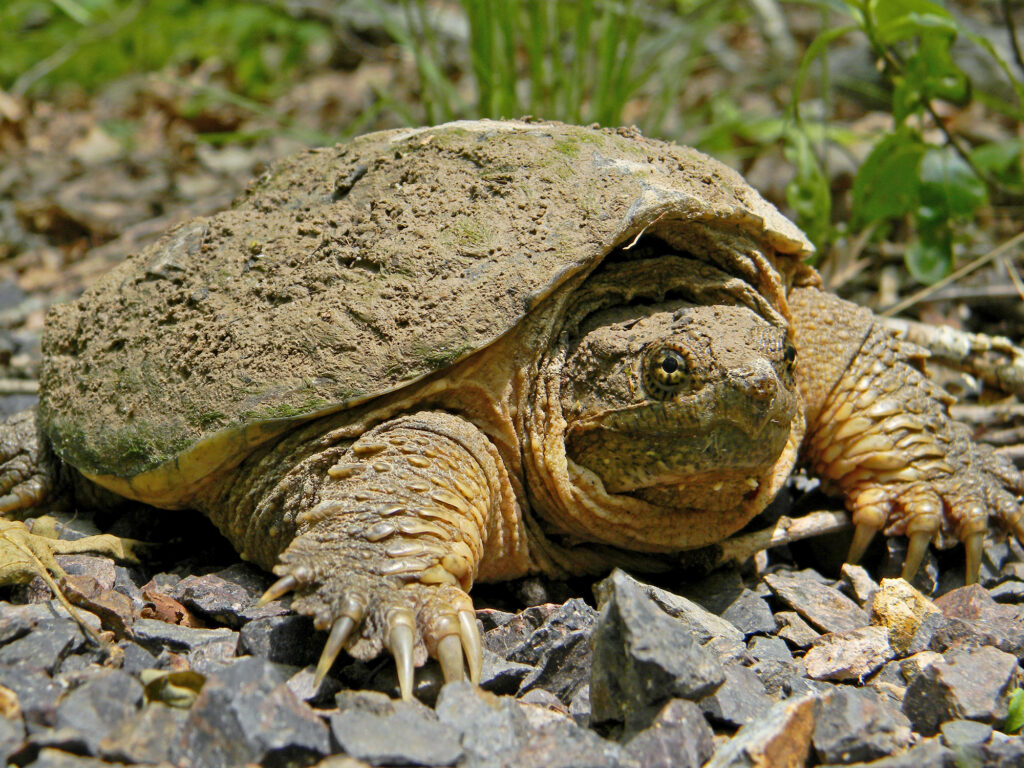
The Common Snapping Turtle (Chelydra serpentina) stands as one of North America’s most formidable freshwater species, renowned for its aggressive defensive behavior when encountered on land. These turtles possess powerful jaw muscles capable of delivering bites that can easily sever fingers, with bite force measurements exceeding 209 newtons in adult specimens. Unlike many turtle species that retreat into their shells when threatened, snappers have relatively small plastrons (bottom shells) that don’t allow for complete body retraction, thus evolutionary adaptations have favored aggressive defense mechanisms instead. Their cantankerous nature is primarily displayed when they feel cornered or threatened out of water, while in their aquatic environment, they typically avoid human interaction and flee when approached.
Alligator Snapping Turtle: The Prehistoric Predator
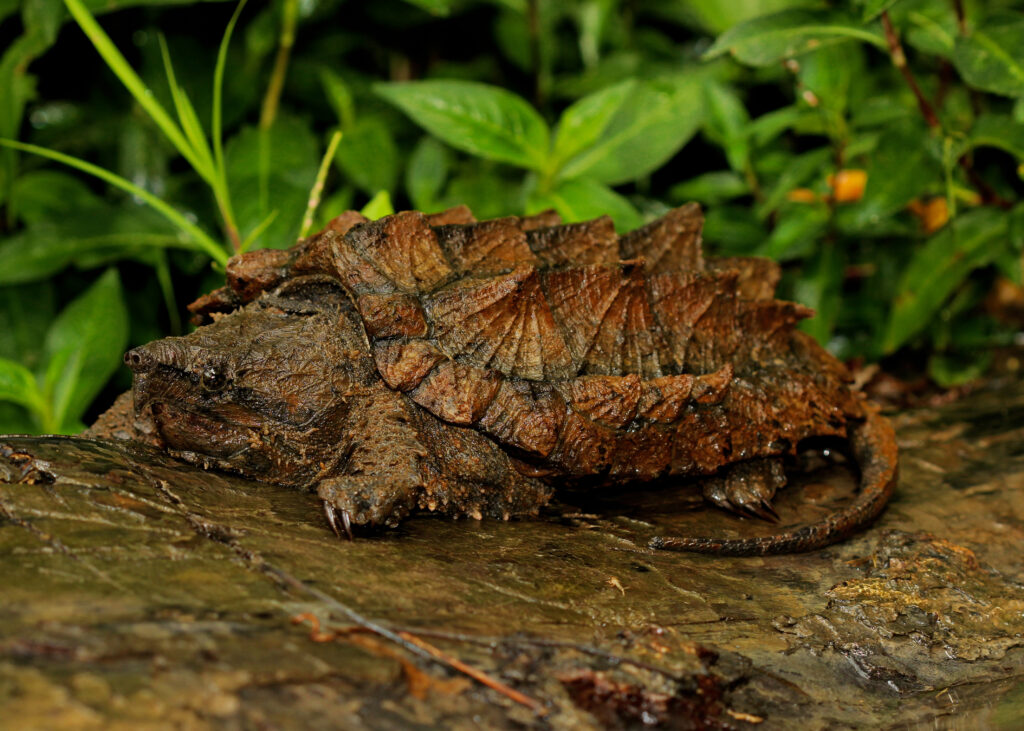
The Alligator Snapping Turtle (Macrochelys temminckii) is the largest freshwater turtle in North America and among the most aggressive turtle species globally, capable of inflicting devastating damage with its powerful jaws. Unlike its common snapping cousin, this prehistoric-looking reptile possesses a bite force approaching 1,000 pounds, easily capable of amputating human digits or causing severe tissue damage. What makes this species particularly dangerous is its unique hunting strategy utilizing a worm-like appendage on its tongue to lure unsuspecting fish directly into its gaping maw. Despite their fearsome reputation, alligator snappers are generally less aggressive than common snappers when encountered on land, preferring to remain motionless rather than actively pursuing confrontation – however, this passive appearance should never be mistaken for docility.
Florida Softshell Turtle: Lightning-Fast Aggressor
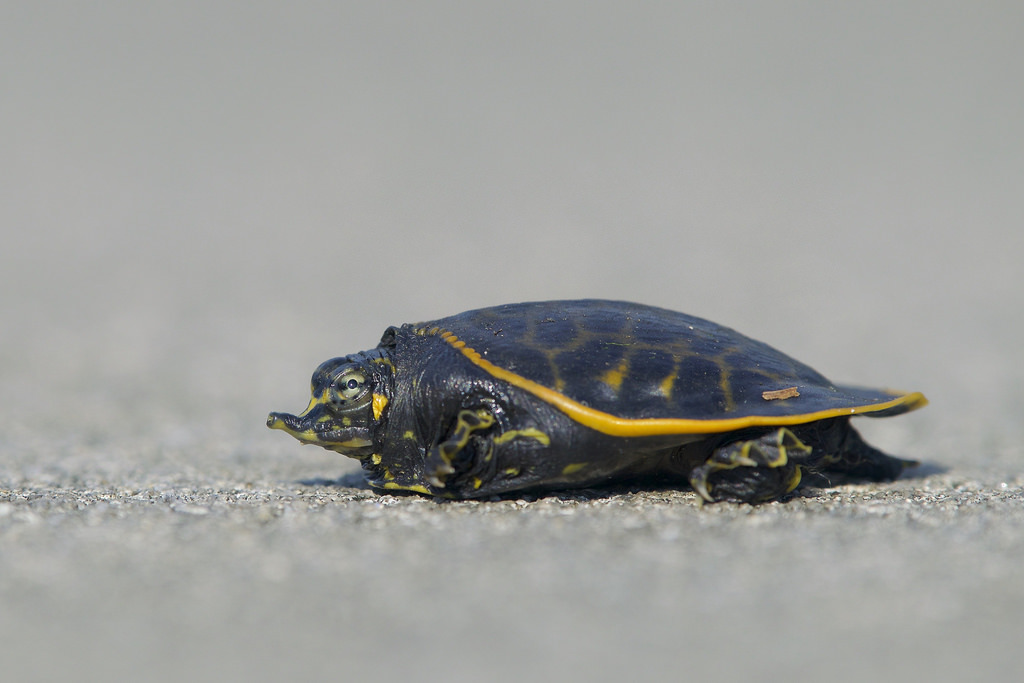
The Florida Softshell Turtle (Apalone ferox) might lack the powerful jaws of snapping turtles, but it compensates with astonishing speed and aggressive territoriality that makes it one of the most formidable freshwater turtles. Their flattened, leathery shells and elongated snouts house surprisingly strong jaws that can deliver painful bites with remarkable quickness – a softshell can extend its neck nearly the length of its entire shell in milliseconds. Female softshells are particularly aggressive during nesting season, when they may hiss, lunge, and bite perceived threats without provocation. Their aggressive tendencies make them challenging captives that require spacious aquatic habitats, minimal handling, and respect for their territorial nature.
Common Musk Turtle: Small Package, Big Attitude
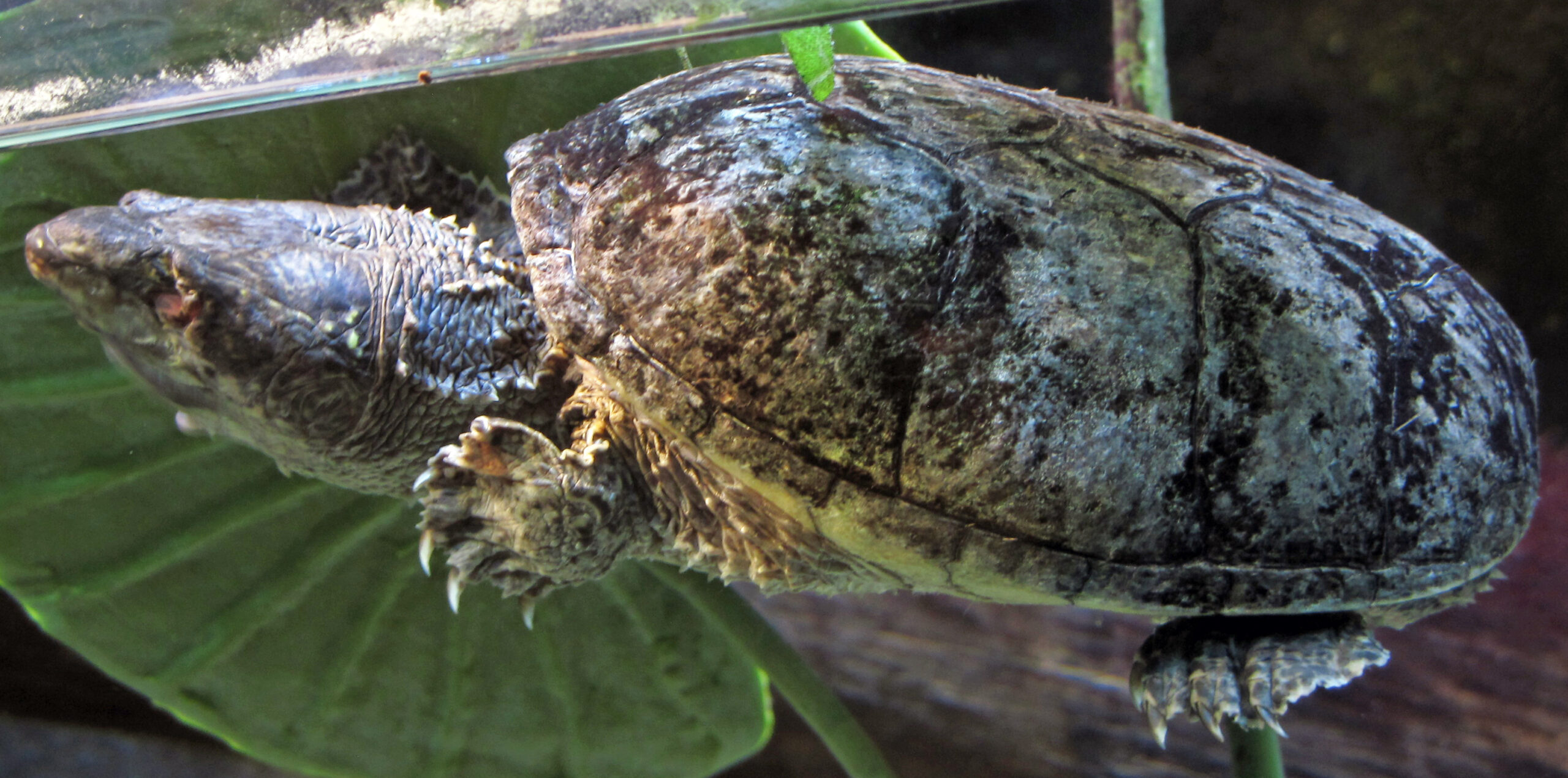
The Common Musk Turtle (Sternotherus odoratus), also known as the “stinkpot” for its defensive musk-releasing behavior, proves that aggressive tendencies aren’t limited to large turtle species. Despite their diminutive size rarely exceeding 5 inches in carapace length, these turtles possess remarkably powerful jaws for their size and will not hesitate to bite when handled. Their aggressive disposition is complemented by their secretion of a foul-smelling musk from specialized glands when they feel threatened, creating a potent two-pronged defensive strategy. Despite their small stature, musk turtles can be surprisingly territorial in captivity, sometimes harassing or biting tank mates, particularly during feeding times when food competition triggers aggressive responses.
Asian Giant Softshell Turtle: The Aquatic Ambusher
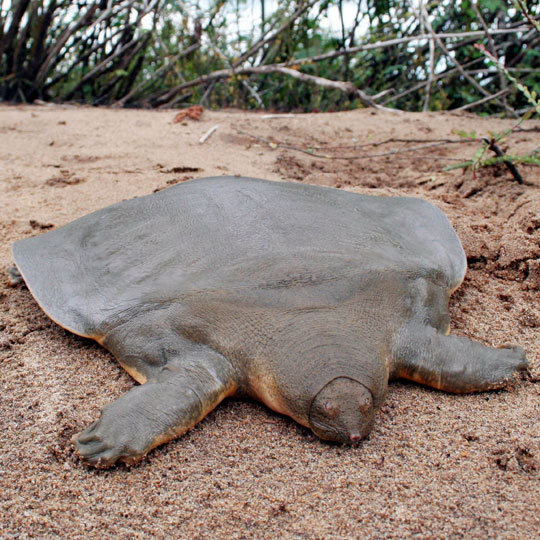
The Asian Giant Softshell Turtle (Pelochelys cantorii) represents one of the largest freshwater turtle species globally, reaching lengths exceeding three feet and demonstrating considerable aggression when threatened. These highly aquatic predators possess powerful jaws designed for capturing fish, with specialized adaptations that allow them to strike with incredible speed from a seemingly docile position. Their aggressive temperament becomes particularly evident during handling attempts, with documented cases of severe bites requiring medical intervention. Habitat destruction across their native Southeast Asian range has potentially increased aggressive encounters as these turtles are forced into smaller habitats with greater human proximity.
African Helmeted Turtle: The Unexpected Aggressor
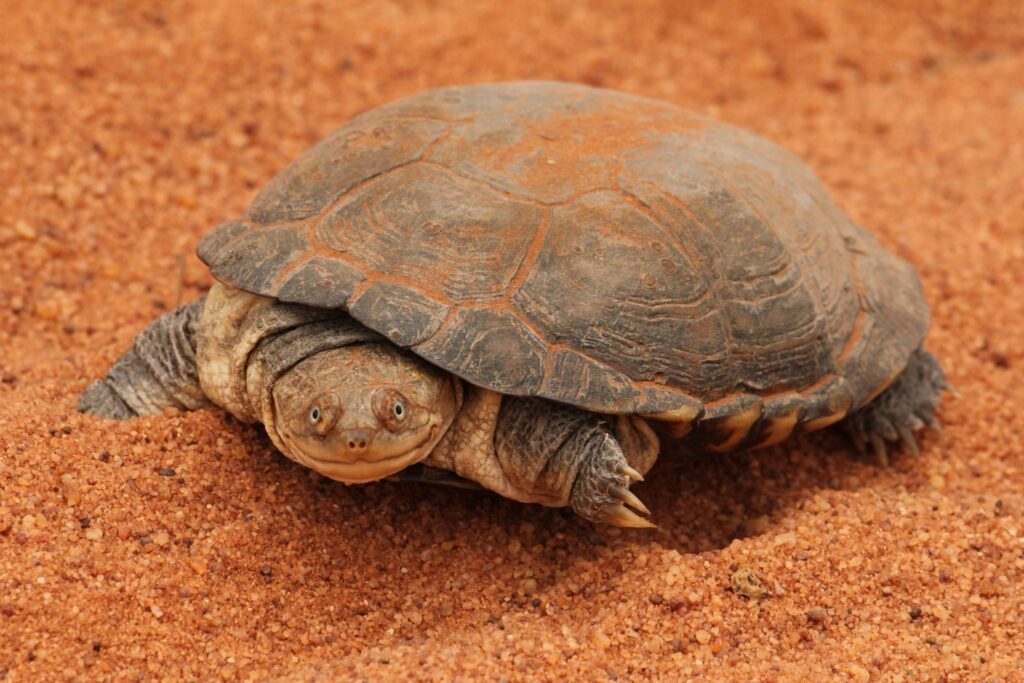
The African Helmeted Turtle (Pelomedusa subrufa) breaks the stereotype of docile African species with its surprisingly aggressive territorial behavior and willingness to bite when threatened. These medium-sized freshwater turtles become particularly aggressive during breeding season, with males engaging in combat that includes biting, ramming, and overturning rivals. Their omnivorous diet includes hunting techniques that showcase their aggressive nature, as they’ve been documented hunting in coordinated groups to capture larger prey than they could individually. While sometimes kept as pets, their tendency to bite without warning when stressed makes them challenging captives requiring experienced handling.
Mata Mata Turtle: The Ambush Specialist
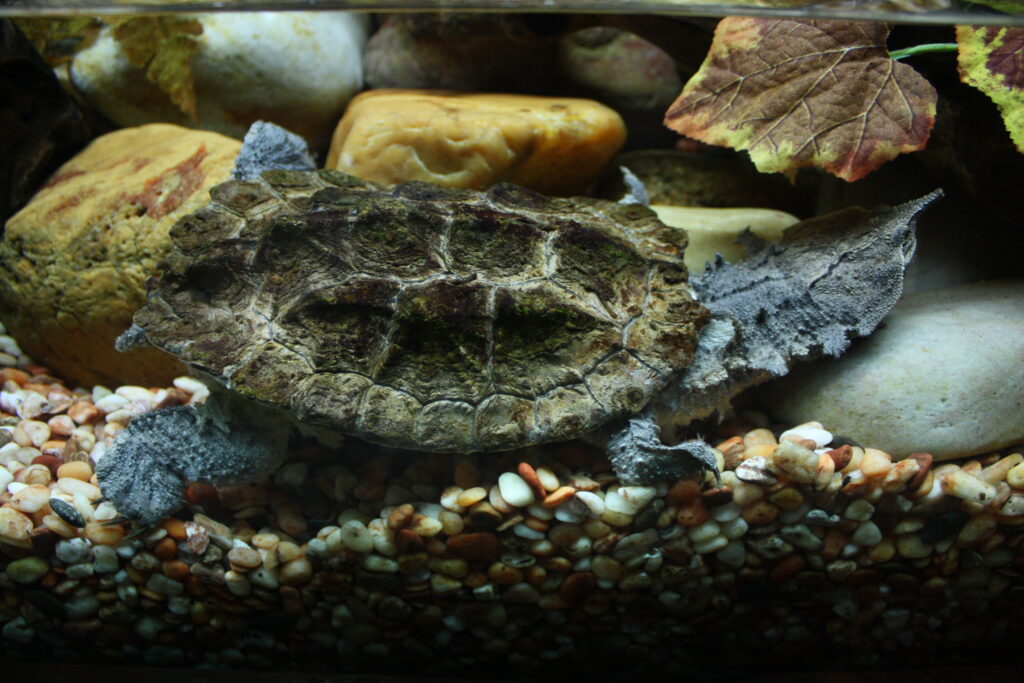
The Mata Mata (Chelus fimbriata) may not initially appear aggressive, but this South American species displays highly specialized predatory behavior that qualifies it as one of the more aggressive feeding specialists in the turtle world. With its bizarre appearance featuring a flattened, triangular head and highly textured skin resembling decaying leaves, the Mata Mata employs an ambush strategy waiting motionless before creating powerful suction to vacuum fish into its mouth in milliseconds. While not typically aggressive toward handlers, their specialized feeding response can result in accidental bites when fingers are mistaken for prey items. Their aggressive feeding strikes make them challenging to house with smaller fish or other small turtles that might be perceived as potential meals.
Big-Headed Turtle: Small But Mighty
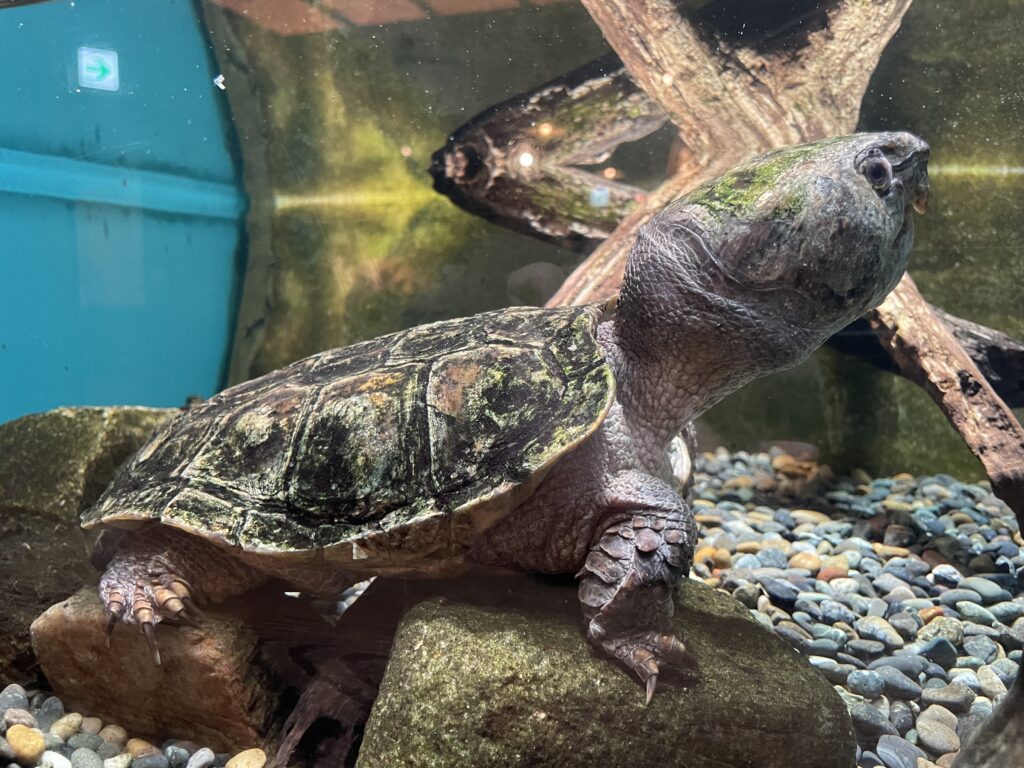
The Big-Headed Turtle (Platysternon megacephalum) from Southeast Asia demonstrates remarkable aggression despite its relatively small body size, possessing a disproportionately large head housing powerful jaw muscles. Unable to retract their heads into their shells, these turtles have evolved aggressive defense mechanisms including powerful bites and actively striking out when threatened. Their climbing abilities, unusual for turtles, allow them to pursue prey on land, displaying determined hunting behavior that can translate to persistent aggression when handled. Conservation efforts for this endangered species are complicated by their aggressive temperament, making captive breeding programs particularly challenging for researchers.
Aggressive Behavior: Understanding The Triggers
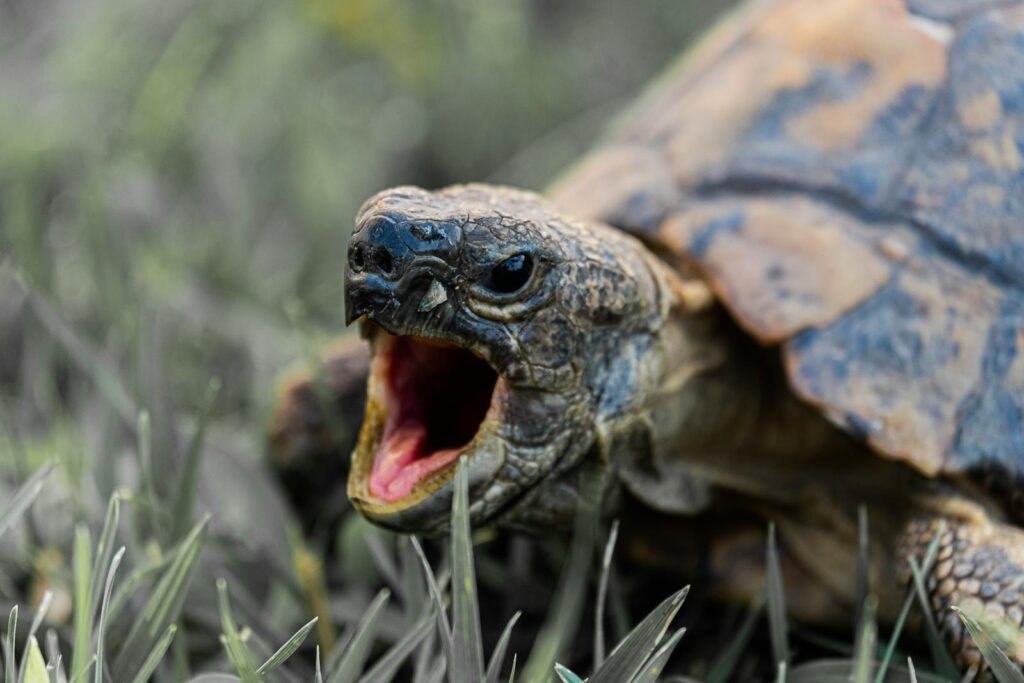
Aggressive behavior in turtles typically stems from evolutionary adaptations related to self-defense, territory protection, and feeding competition rather than inherent hostility. Key triggers include perceived threats to their physical safety, particularly when they cannot escape or retreat into their shells fully. Territorial aggression becomes pronounced during breeding seasons when males compete for mates or when females protect nesting sites from potential predators or competitors. Food-related aggression is commonly observed in captive environments where multiple turtles compete for limited resources, while stress-induced aggression can emerge from improper handling, inadequate habitat conditions, or sudden environmental changes. Understanding these triggers is essential for mitigating aggressive encounters while respecting the natural behavioral patterns these ancient reptiles have developed over millions of years of evolution.
Safe Handling Techniques For Aggressive Species
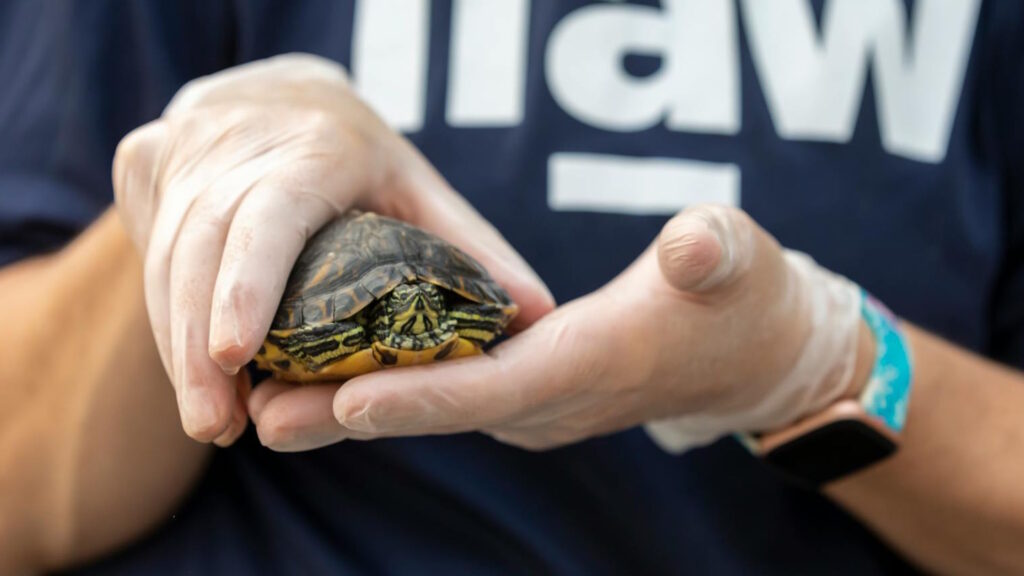
When handling aggressive turtle species, proper technique is essential to ensure safety for both handler and animal. Always approach aggressive species from behind, grasping the back edge of the carapace (top shell) while keeping hands away from the head and limbs where bites could occur. For snapping turtles and other large aggressive species, specialized handling tools like turtle tongs or a broom handle that the turtle can bite instead of your hands may be necessary. Never pick up large aggressive turtles by the tail, as this can damage their spine and potentially lead to increased aggression due to pain and stress. When relocation is necessary, transport containers with secure lids are preferable to direct handling, minimizing stress and reducing the likelihood of aggressive defensive responses.
Responsible Ownership: Are Aggressive Turtles Suitable Pets?
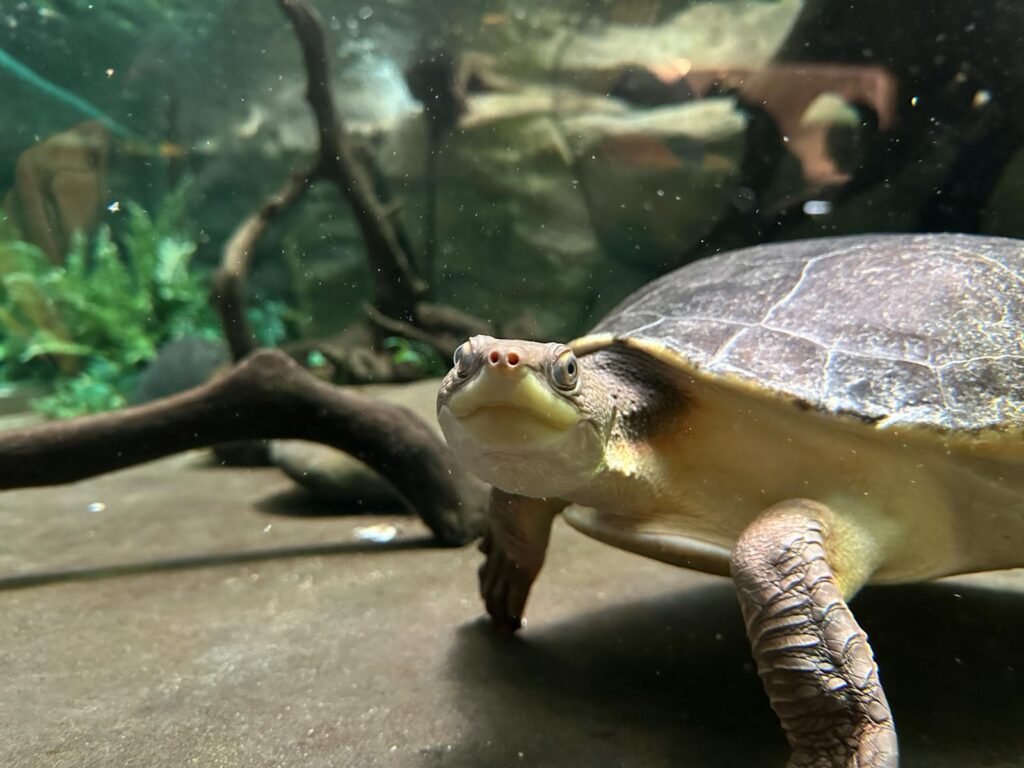
The question of whether aggressive turtle species make suitable pets requires careful consideration of several important factors beyond their temperament. Prospective owners must evaluate their experience level honestly, as aggressive species require specialized knowledge of handling techniques, habitat requirements, and behavioral patterns that novice reptile keepers typically lack. Space requirements present another significant challenge, with many aggressive species requiring hundreds of gallons of water and elaborate filtration systems to maintain proper health. Legal restrictions further complicate ownership, as many jurisdictions have banned keeping certain aggressive species like alligator snapping turtles due to public safety concerns and ecological impact if released. Responsible ownership demands a long-term commitment spanning decades, as many aggressive turtle species can live 50-100 years, requiring provisions for their care throughout the owner’s lifetime and potentially beyond.
Conservation Status: Protecting Nature’s Aggressors
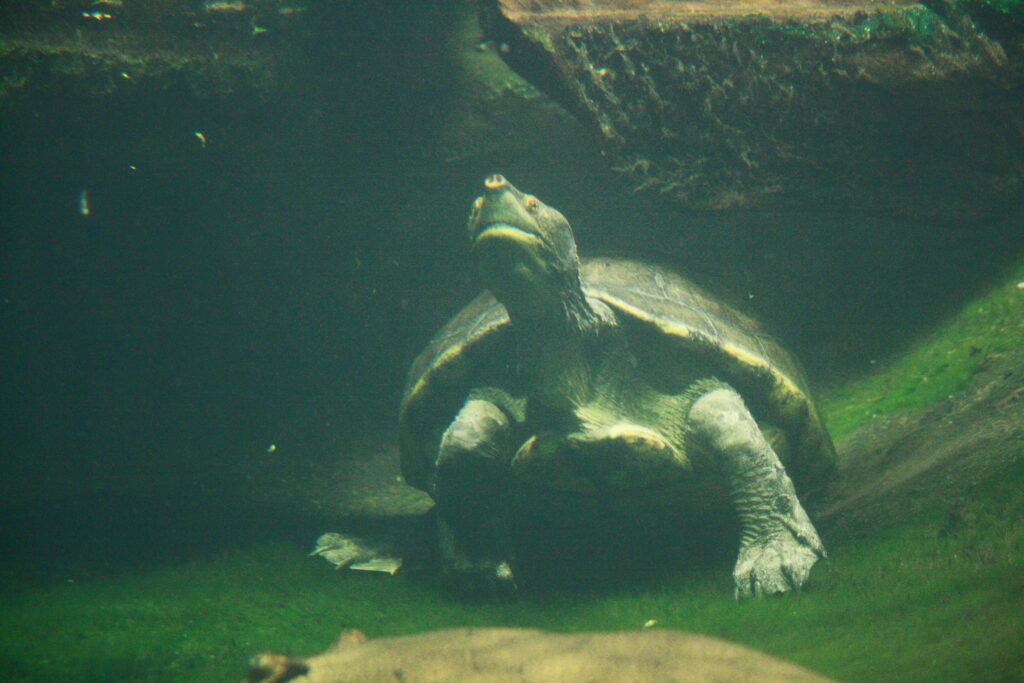
Despite their formidable nature, many aggressive turtle species face significant conservation challenges that threaten their continued existence in the wild. Habitat loss represents the most pervasive threat, with wetland drainage, river damming, and shoreline development destroying critical nesting and feeding areas for species like the alligator snapping turtle and Asian giant softshell. Illegal collection for the pet trade and traditional medicine markets has devastated populations of the big-headed turtle and other Asian species, with their aggressive reputation ironically making them more valuable in certain markets. Climate change presents emerging challenges through altered temperature regimes that affect sex ratios in temperature-dependent species and changing precipitation patterns that impact nesting success. Conservation efforts must balance public safety concerns with the ecological importance of these species, many of which serve as keystone predators in their native ecosystems.
Conclusion: Respecting Nature’s Defensive Specialists
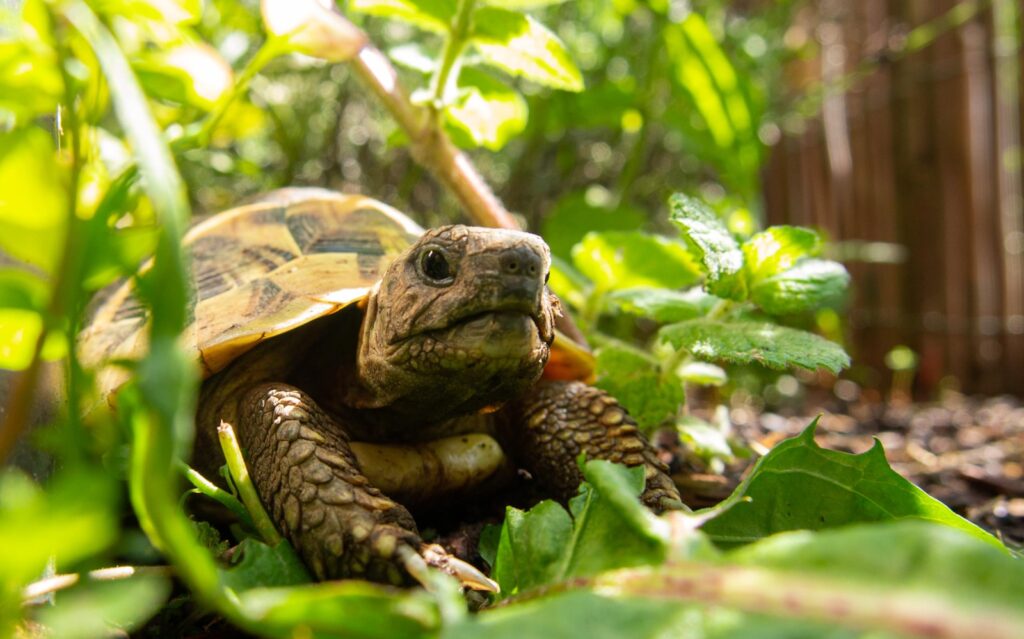
The most aggressive turtle species represent remarkable evolutionary success stories, developing effective defensive and predatory adaptations that have allowed them to survive for millions of years. Rather than viewing their aggressive tendencies as negative traits, we should recognize them as sophisticated behavioral adaptations perfectly suited to their ecological niches and natural history. For wildlife enthusiasts, understanding and respecting these behaviors allows for safer interactions and more informed conservation efforts that acknowledge the legitimate needs of these species to defend themselves and their territories. Whether encountered in the wild or kept in captivity, aggressive turtle species demand our respect, caution, and commitment to their welfare and conservation – ensuring that these ancient defenders continue to fulfill their ecological roles for generations to come.

